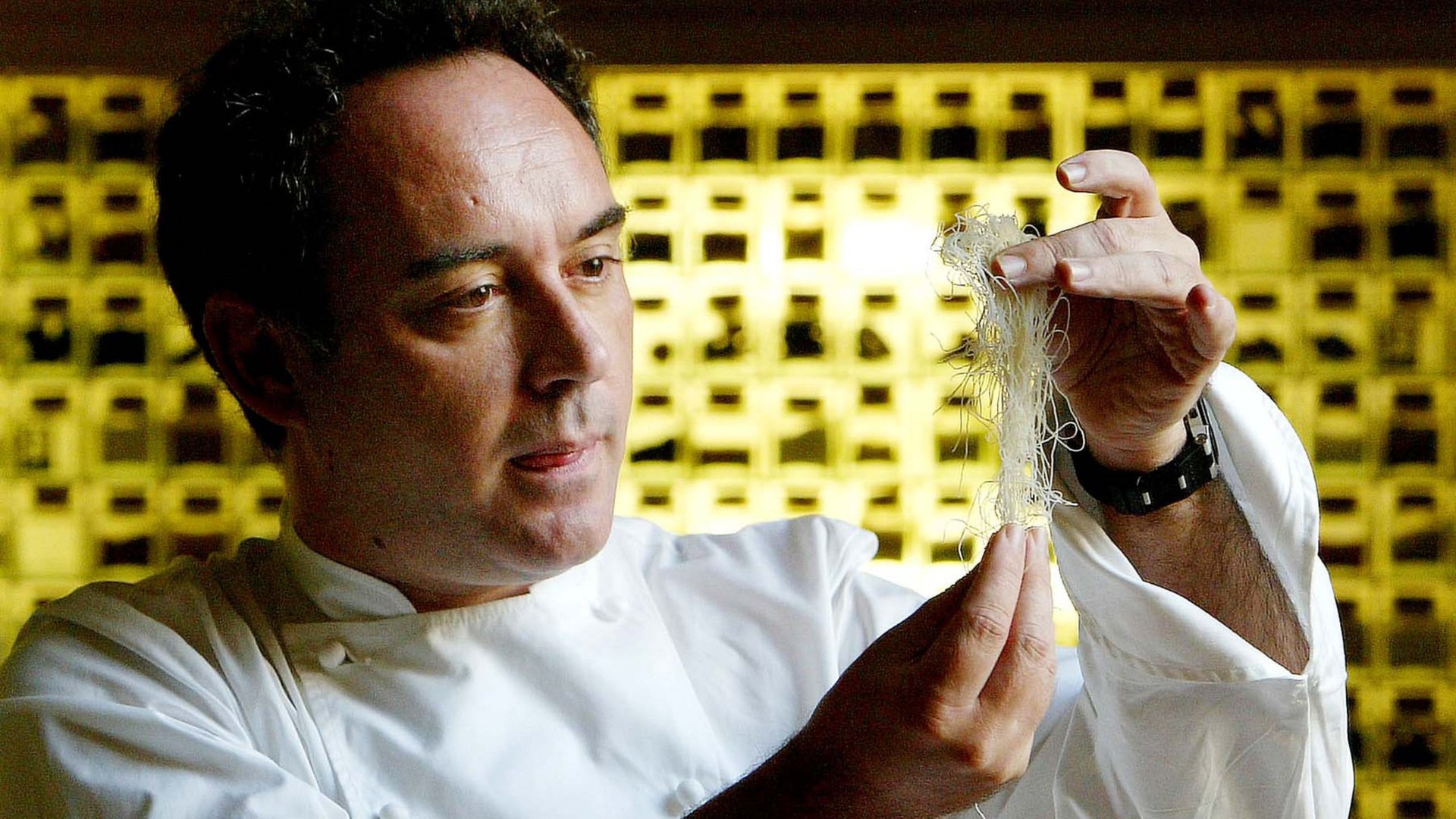There’s nothing new about Silicon Valley’s food hacking
The disrupterati are bored, and they want to play with your food. Having flattened shopping, unshackled education, hotwired our wheels and loggified our daily lives, they now want to get into our mouths. Engineers-turned-chefs are tinkering with what’s in our food, and bringing technology to bear from other fields to do it in the name of science. However, it isn’t clear that this rush to re-engineer food is any different than what the mainstream food industry has been doing for years, only it’s coming out of a sector of industry more interested in accelerated change for change’s sake than in cracking major problems or satisfying real needs.


The disrupterati are bored, and they want to play with your food. Having flattened shopping, unshackled education, hotwired our wheels and loggified our daily lives, they now want to get into our mouths. Engineers-turned-chefs are tinkering with what’s in our food, and bringing technology to bear from other fields to do it in the name of science. However, it isn’t clear that this rush to re-engineer food is any different than what the mainstream food industry has been doing for years, only it’s coming out of a sector of industry more interested in accelerated change for change’s sake than in cracking major problems or satisfying real needs.
Efforts like Soylent, a project in which ex-Y Combinator engineer Rob Reinhart seeks to create a single-source omnifood that contains all necessary nutrients for his—and maybe your—body to survive, or Tim Ferris’s latest extension of the “4-Hour” franchise, The 4-Hour Chef, resemble something more that would come out of a food hackathon (which actually exist, by the way)—all acceleration, all the time. I wonder if technology and efficiency geeks are giving their attention to food is because it is, like genomics and synthetic biology, just another target to optimize. It’s a miracle that high-tech food hacking hasn’t made it to the TV chef circuit yet. But it will.
Treating food like something to be hacked isn’t recent: nerd god, VC and former Microsoft chief technology officer Nathan Myhrvold has been banging the drum about what he calls Modernist Cuisine for some time—cranking out a series of super-expensive cookbooks and setting up a lab. His exploration of the science of food relies heavily on laboratory-grade tools such as autoclaves, centrifuges and vacuum pumps. Myrhvold himself followed food innovation giant Ferran Adria, who closed down his groundbreaking restaurant El Bulli, to build a foundation that looks more broadly at innovation. Even Myhrvold’s old co-worker, Bill Gates, has gotten the food disruption bug, seeing new food technologies as a way to deal with food poverty globally.
Gates and those who are genuinely seeking solutions to address resource depletion or deal with hunger, and are principally using their big brains and deep pockets to do so, are at least targeting a critical global issue, even if they advocate a mostly engineering-centered approach to tackling it. Away from these new food chimeras, a lot of work is being undertaken to simply streamline farming, crop production, or delivery, though it’s the vat-grown burger that gets the headlines.
One tech blog has labeled one possible future of “disrupted” food as “cleanfood,” likening the focus on environmentally-friendly production techniques, supercharged nutrition and efficient delivery to what’s going on in clean energy. The metaphor is apt, as investors sense that appealing to a rising generation of food consumers will require a balance of resource management and social appeal. Whether “cleanfood” faces the same resistance clean energy has, created by apparent abundance of existing cheap resources and higher costs for products, remains to be seen.
Of course, we did manage to eat and thrive before the age of industrial food management. Many of these food re-engineering efforts are focused squarely on the relatively well-off, many of whom see eating as both social entertainment and a tool for self-actualization (or self-denial). After all, investors, as usual, seek quick returns through flashy successes and viral growth, with Gates being one of the few who talks about the food tech long view. However, what the Valley and its adherents seek to do is simply to (fake) muscle into the same game that has been going on in traditional food companies for decades—finding the sweet spot of human desire through a mix of technology and economics. Or, perhaps, Silicon Valley’s best think they can design a better algorithm for chicken nuggets. Good luck with that.